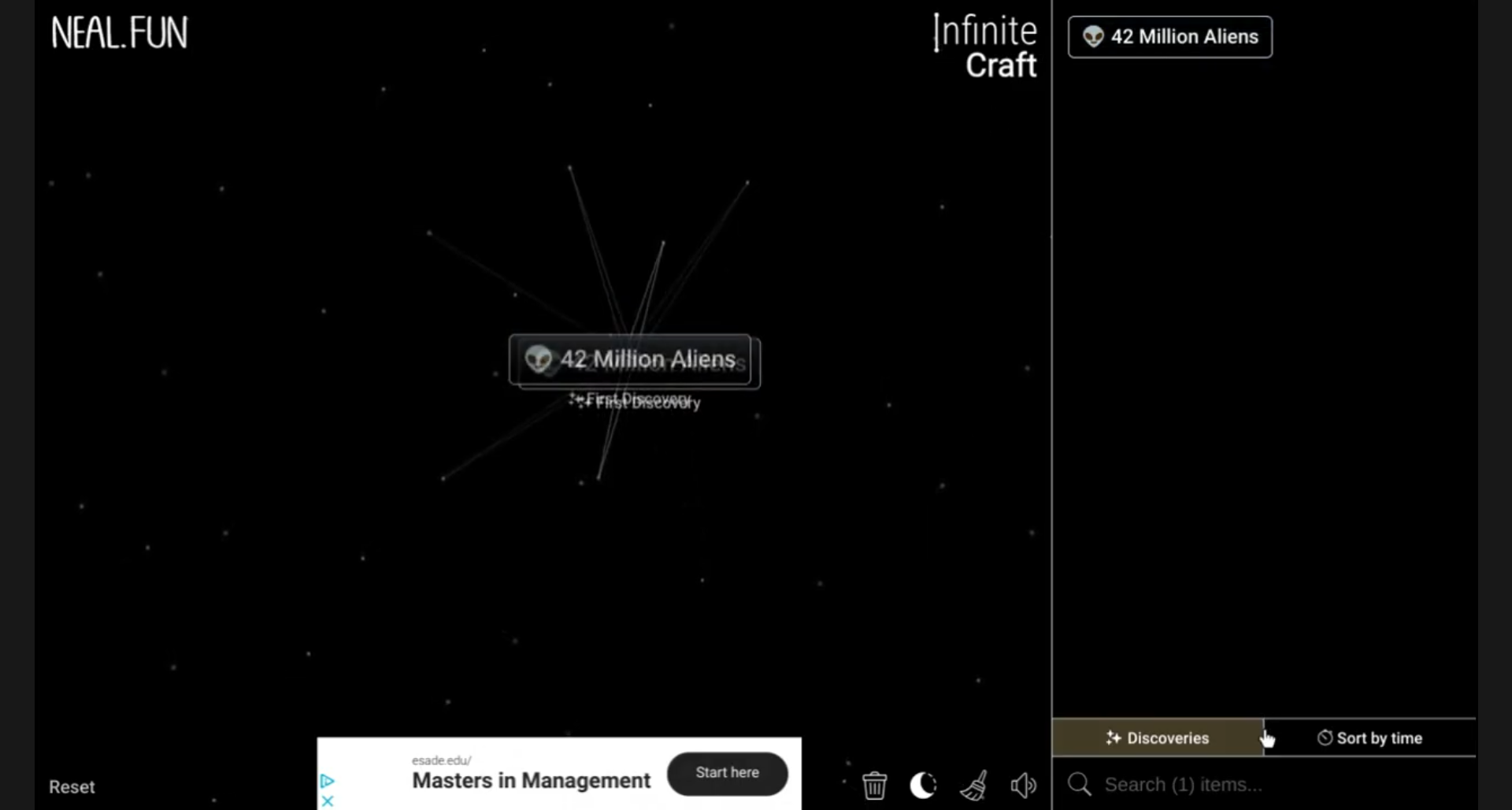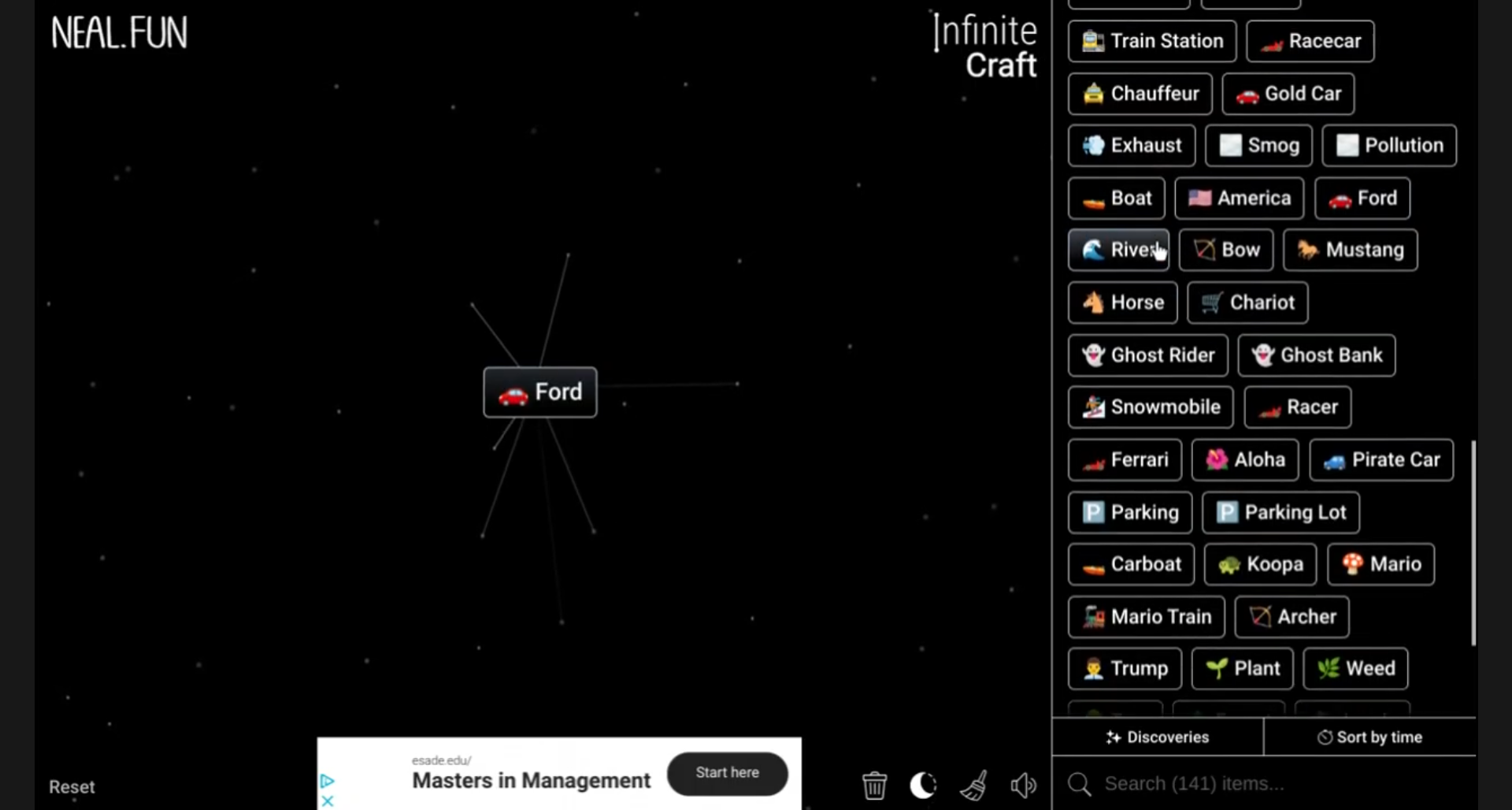The world of role-playing games (RPGs) captivates players with its immersive storytelling, character development, and the freedom to shape one’s journey. RPGs allow players to step into alternate realities, embody heroes, and unravel quests that spark their imagination. Today, with platforms like Infinite Craft, the dream of creating your own RPG is within reach, providing an exciting avenue for creativity and innovation in game design.
Infinite Craft stands out as a versatile platform designed for game creation, enabling developers—both novices and experienced—to construct detailed worlds filled with adventures. With a comprehensive set of tools, it offers the perfect environment to build unique RPG experiences that can be shared with others. This article will guide you on how to make RPG in Infinite Craft, walking you through the necessary steps, from concept development to launching your game.
Understanding Infinite Craft
What is Infinite Craft?

Infinite Craft is an innovative game development platform that allows users to create and modify games easily. It features a user-friendly interface, extensive customization options, and robust multiplayer capabilities. Ideal for RPG creation, Infinite Craft empowers users with powerful tools to design intricate and personalized gaming experiences. Some of its key features include:
– **Easy-to-use building tools**: Construct vast landscapes and intricate structures effortlessly.
– **Comprehensive crafting systems**: Integrate various crafting mechanics to enrich gameplay.
– **Support for multiplayer environments**: Engage with players worldwide, enhancing community interaction.
Basic Mechanics of Infinite Craft
The basic mechanics that govern Infinite Craft are structured around blocks and crafting systems, making it relatively straightforward to gather resources and create items. This platform encourages community interaction through multiplayer features, allowing players to explore and collaborate in shared environments.
By understanding these fundamental mechanics, you’ll better grasp how to leverage Infinite Craft in your RPG creation, enhancing both gameplay and narrative.
Planning Your RPG
Concept Development
Before diving into the creation process, it is vital to conceptualize your RPG fully. Begin by choosing a theme; do you envision a fantasy realm filled with magic, or a sci-fi universe with futuristic technology? Once your theme is laid out, create a strong storyline and compelling quests that will drive player engagement.
For example, a fantasy RPG might revolve around a quest to reclaim a stolen artifact guarded by a dragon, while a sci-fi RPG could focus on exploring an alien planet and uncovering its mysteries.
Character Design
Characters are the heart of any RPG, so defining player classes and skills is crucial. Consider including a diverse range of characters, such as warriors, mages, and rogues, each with unique abilities. Moreover, character customization plays a pivotal role in allowing players to craft their ideal avatar, enhancing personal investment in the game.
World Building
Engaging worlds are rich in detail and lore. When building your game world:
– **Design maps and environments**: Create varied landscapes, from lush forests to eerie dungeons.
– **Establish key locations**: Incorporate towns, marketplaces, and hidden caves as areas for exploration.
– **Utilize environmental storytelling**: Through visuals and architecture, convey lore and history—each element can tell a part of your story.
Setting Up the Game Environment
Utilizing Infinite Craft Tools
Infinite Craft offers numerous tools that streamline the build process. Familiarize yourself with these tools and their functionalities:
– **Building capabilities**: Use blocks to construct structures and landscapes.
– **Crafting systems**: Experiment with item creation and resource management.

Here are some tips for effective use of tools to ensure you maximize your creative potential:
1. Keep your designs balanced; avoid overcrowding areas.
2. Use color and texture effectively to enhance aesthetics.
3. Utilize layers to add depth and complexity to your environment.
Creating Custom Assets
Custom assets can make your RPG feel more unique and engaging. Consider:
– **Designing unique items & weapons**: Craft distinctive gear that fits your game’s lore.
– **Crafting NPCs (non-player characters)**: Develop varied characters that fill your world with life, providing quests and information.
– **How to create dialogue and interactions**: Write engaging dialogues to enhance player immersion. Utilize branching conversations for added complexity.
Crafting Gameplay Mechanics
Quest System
A well-structured quest system is imperative for keeping players engaged. Consider the following types of quests:
– **Main quests**: Central to the storyline, must be completed to progress.
– **Side quests**: Optional missions that enhance character development and lore.
– **Timed quests**: Introduce urgency and challenge.
Implementing a robust quest tracking system will help players keep track of their objectives, creating a smooth gameplay experience.
Combat Mechanics
Designing effective combat mechanics is vital for creating a challenging RPG. Consider the following components:
– **Battle system design**: Decide whether combat will be turn-based, real-time, or a combination of both.
– **Using stats and skills effectively**: Develop a system that rewards players for strategic thinking, such as utilizing a character’s skills in combat.
Leveling Up and Progression
A rewarding leveling system can significantly enhance player engagement. You can implement:
– **Experience points (XP)**: Clearly define how players can earn XP through combat, quests, and exploration.
– **Unlocking new abilities or items**: Create milestones that encourage continuous improvement and skill acquisition.
Adding Advanced Features
Scripting and Logic
To add depth to your RPG, delve into scripting and logic in Infinite Craft:
– **Introduction to basic scripting**: Learn about triggers that can initiate events based on player actions.
– **Creating events and triggers**: Design scenarios that react to player decisions, enriching gameplay.
Customizing User Interface
A well-designed user interface (UI) enhances player experience. Focus on:
– **UI design tips**: Streamline visual elements; ensure health bars, maps, and inventories are easy to navigate.
– **Implementing menus and maps**: Integrate interactive menus and maps that guide players throughout the game.
Multiplayer Options
Integrating multiplayer functionalities can expand your RPG’s appeal:
– **Setting up multiplayer features**: Allow players to group, trade, or compete.
– **Encouraging community engagement**: Foster a community around your game, encouraging feedback and collaboration.
Testing Your RPG
Playtesting Techniques
Testing your RPG is crucial for refining gameplay. Consider these techniques:
– **Playtesting with diverse audiences**: Evaluate how different types of players interact with your game.
– **Gathering feedback effectively**: Create surveys or discussions for testers to share their experiences.
Troubleshooting and Balancing
As you work on your RPG, you’ll no doubt encounter issues:
– **Common issues in RPGs**: Identify and address bugs, balance gameplay and mechanics, and ensure quests function as designed.
– **Adjusting difficulty and balancing gameplay**: Fine-tune the challenge level to suit different player skill levels.
Launching Your RPG
Preparing for Launch

With your RPG polished and ready for release, consider:
– **Final touches and polish**: Review all mechanics, visuals, and narratives.
– **Marketing your game**: Create promotional materials, showcase gameplay, and engage with the Infinite Craft community for visibility.
Ongoing Support and Updates
After launching, focus on sustaining your community:
– **Importance of community feedback post-launch**: Gather insights and adapt to player needs for ongoing improvement.
– **Plans for future updates and expansions**: Keep the game fresh and exciting with regular content updates.
Conclusion
Creating an epic RPG in Infinite Craft is an enriching journey that requires creativity, planning, and technical skill. By following the outlined processes, you’ll soon be able to develop an RPG that captivates players and invites exploration. Dive into your imagination, share your creations, and utilize available resources to expand your understanding of game design.
Additional Resources
For further guidance on your game design journey, explore these resources:
– [Tutorials and videos on Infinite Craft](https://infinitecraft.com/tutorials)
– [Community forums and support groups](https://infinitecraft.com/community)
– Books and online courses for game design fundamentals can be found on platforms like Udemy or Coursera.
Table Summary
| Aspect | Key Points |
|---|---|
| Concept Development | Choose a theme, create a storyline |
| Character Design | Define player classes, focus on customization |
| World Building | Design maps/environments, establish key locations |
| Game Mechanics | Develop quest systems, combat mechanics, leveling |
| Advanced Features | Scripting basics, UI design, multiplayer options |
| Testing | Conduct playtests, gather feedback |
| Launching | Prepare for launch, engage community |
FAQ
1. What is the best theme for an RPG in Infinite Craft?
Choosing a theme that resonates with you and fits your vision is essential. Popular themes include fantasy, sci-fi, horror, and adventure.
2. Can I incorporate multiplayer in my RPG?
Yes, Infinite Craft offers robust multiplayer options that allow players to collaborate, trade, or compete.
3. How do I test my RPG effectively?
Playtesting is crucial. Gather feedback from a diverse group of players and focus on both gameplay mechanics and story elements.
4. What are some crucial mechanics for an RPG?
Key mechanics include combat systems, quest tracking, leveling systems, and character customization.
5. How often should I provide updates post-launch?
Regular updates, whether weekly or monthly, will keep the game fresh and encourage player engagement.
6. Where can I find tutorials for Infinite Craft?
Tutorials can often be found on the official Infinite Craft website and YouTube channels dedicated to game development.
7. How can I create custom assets?
Use the design tools provided by Infinite Craft to create unique items, environments, and NPCs that fit your game’s narrative.
8. Why is character customization important in RPGs?
It enhances player connection and immersion, allowing for a more personalized gaming experience.
9. How do I balance my game’s difficulty?
Gather feedback on combat and quests, and adjust stats, enemies, and rewards accordingly to maintain an engaging challenge.
10. Can I monetize my RPG created in Infinite Craft?
Check the community guidelines and policies of Infinite Craft, as some platforms may allow monetization while others may not.